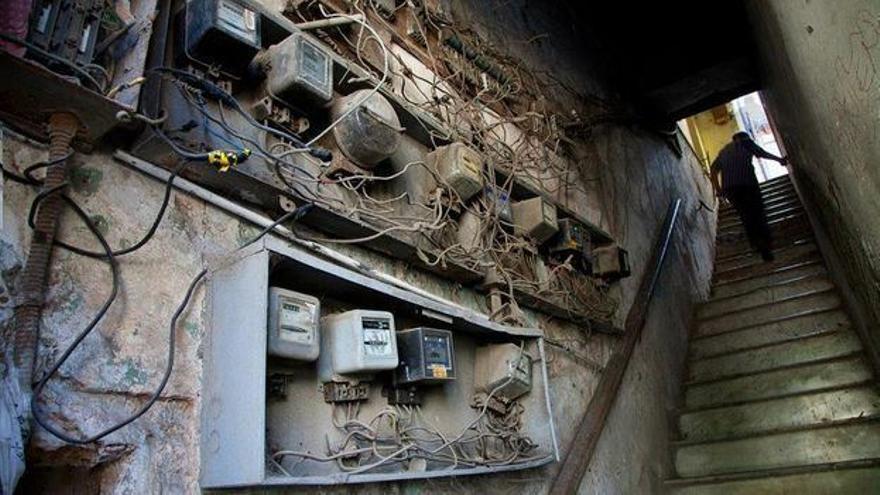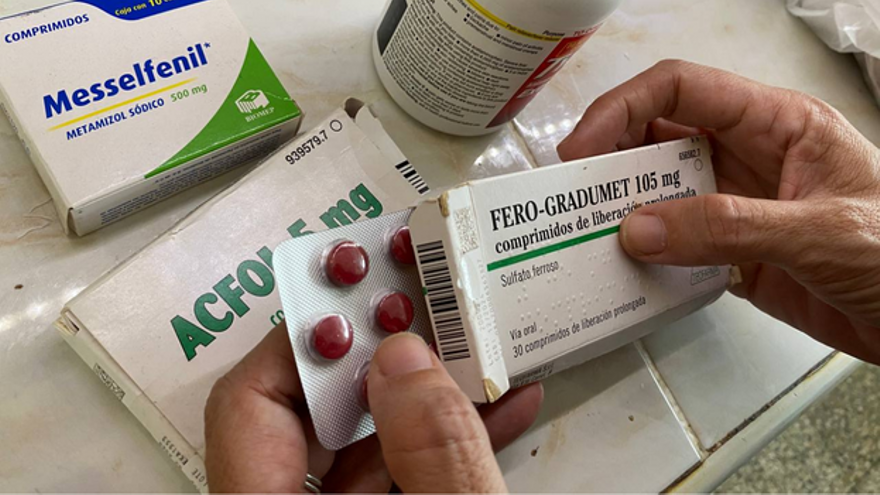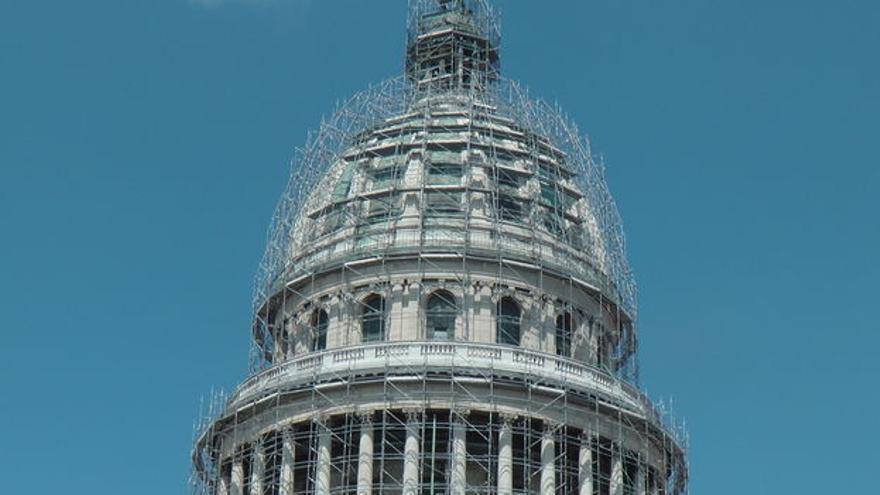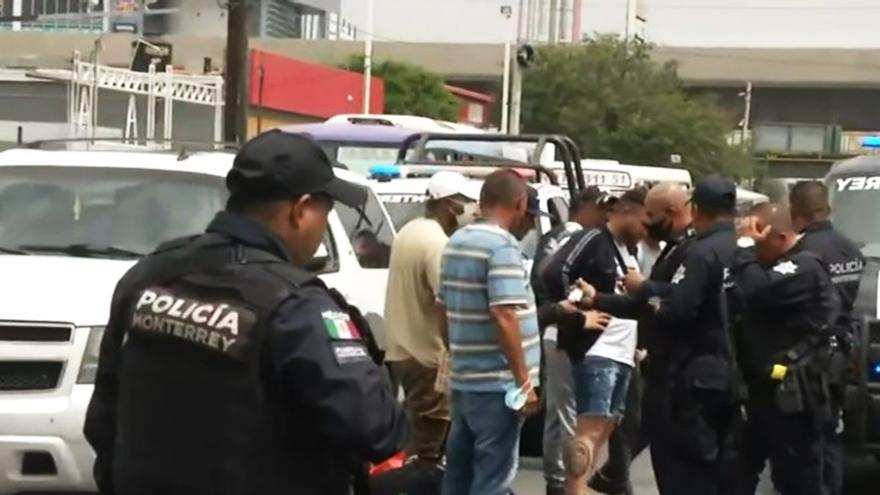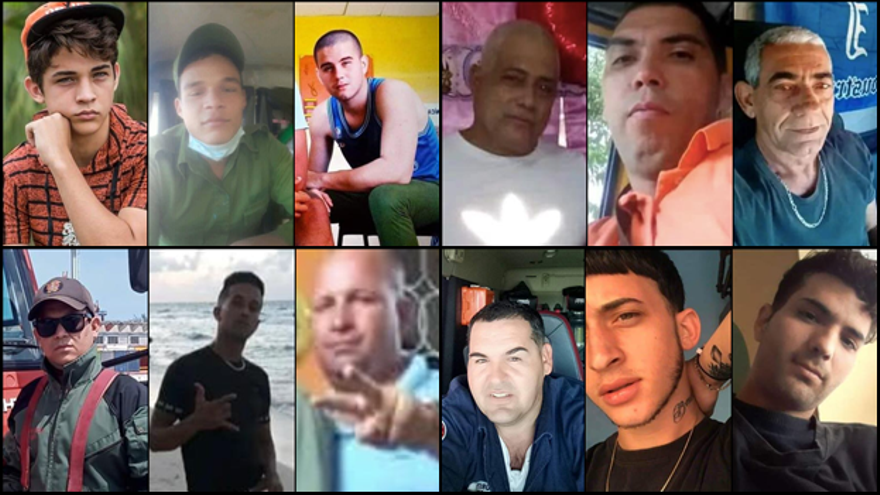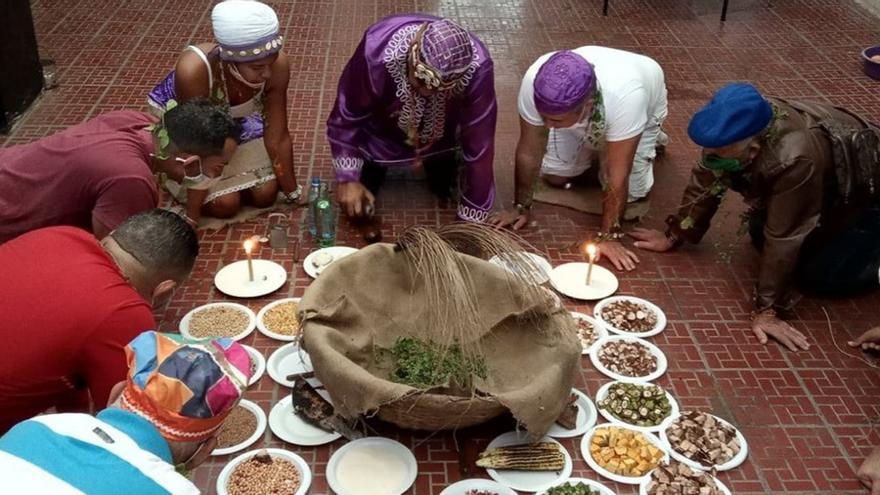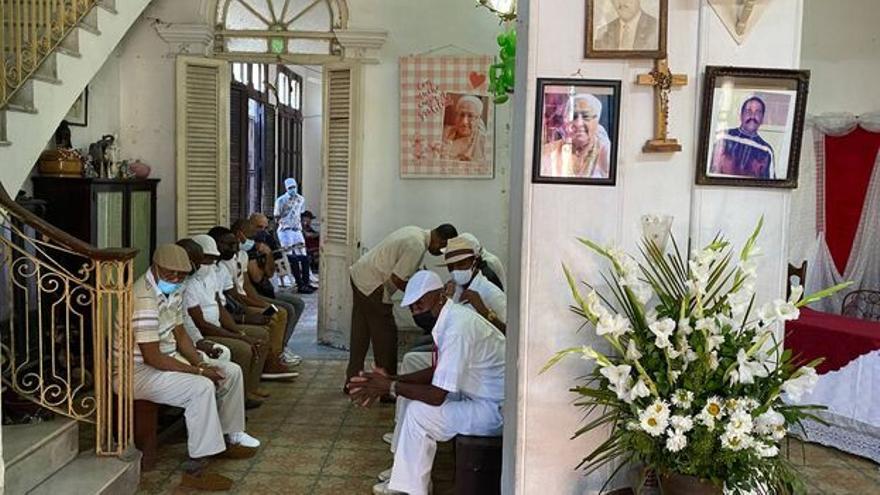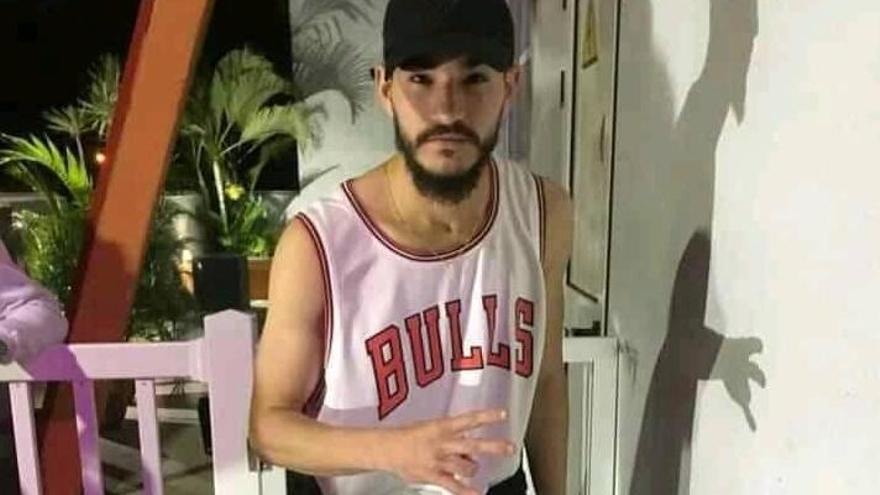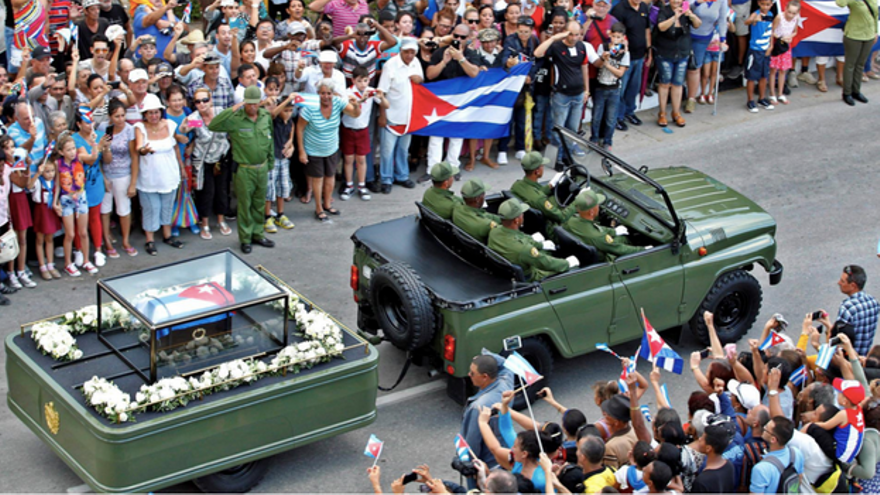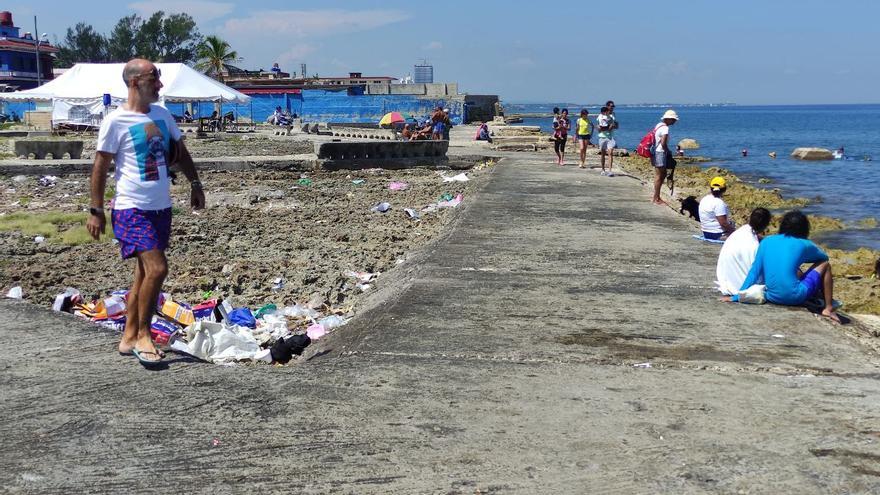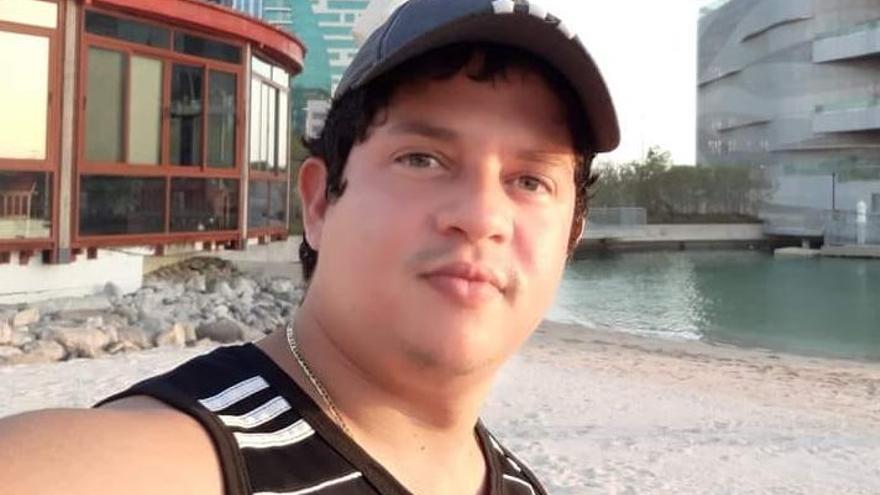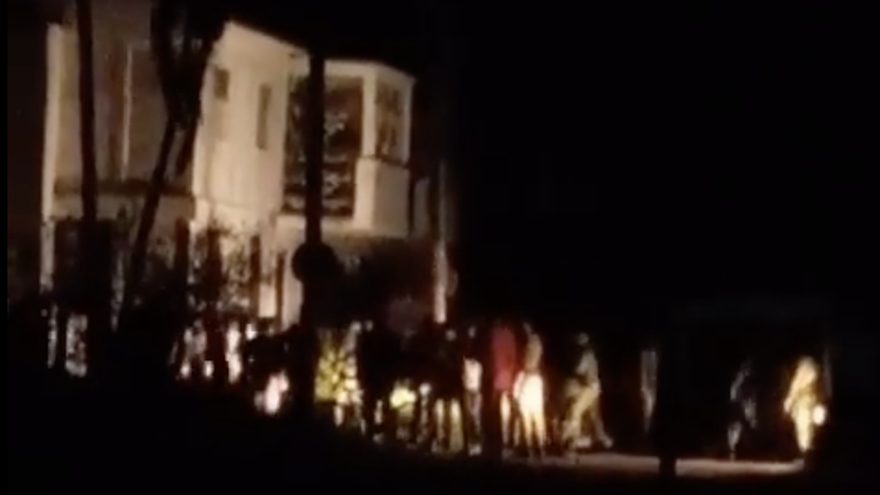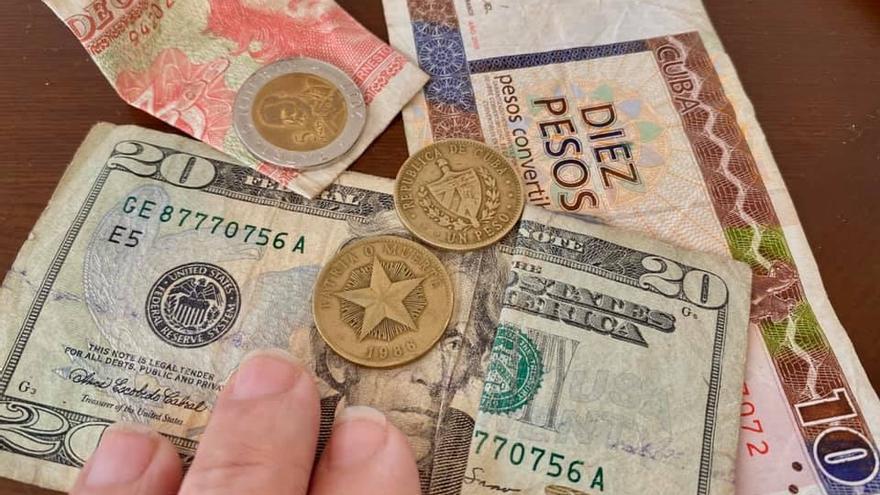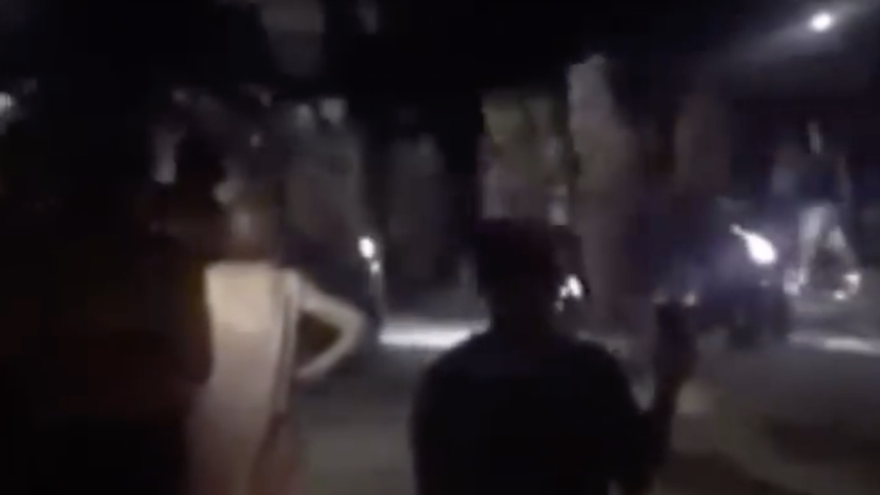
![]() 14ymedio, Havana, 18 August 2022 — If Cubans have learned anything since the Government began to apply the scheduled power outages, it’s that if they protest, the light returns. This happened on Wednesday night, when the pounding on pots and pans [the cacerolazo] occurred again in San Antonio de los Baños and Güira de Melena, both in Artemisa.
14ymedio, Havana, 18 August 2022 — If Cubans have learned anything since the Government began to apply the scheduled power outages, it’s that if they protest, the light returns. This happened on Wednesday night, when the pounding on pots and pans [the cacerolazo] occurred again in San Antonio de los Baños and Güira de Melena, both in Artemisa.
In San Antonio, resident sent this newspaper a video — which is an almost completely black screen with brief flashes of light — in which you can hear the noise in the middle of the darkness, and the usual shouts of “turn on the power.” The protest lasted about half an hour, until the light was turned on, around nine at night.
“The electricity should have returned at 8:00 at night, but at 8:20, it still wasn’t on. They turned it on because of the protest,” says a resident in this Artemiseña city, which on 11 July 2021 was the first to take to the streets.
“In the Hospital zone, they protested until the lights came on, and then they didn’t take the power away” explains a man, referring to the demonstration the night before, when neighbors of that area and other neighborhoods took to the streets. “But they don’t want to give the same hours to us, and it’s not fair,” he laments indignantly.
In neighboring Güira de Melena, a resident confirmed to 14ymedio that a similar protest took place on Wednesday night in the city center, the fourth in less than a week. “Today it has been extreme with the power; they turned it on at half past eight after five hours, and so far they have turned it off it four times,” said this source, which ironically calls it the “off-again on-again current.” continue reading
Sancti Spíritus joined the protests this Wednesday, a city until now ‘conformist’ — that is going along with the regime — despite being one of the most punished by the blackouts, among other things for being one of the first where these measures were decreed.
On Wednesday night, a collaborator of this newspaper heard the conversation of the policeman who was in charge of the guesthouse in Sancti Spíritus that is dedicated to the cadres of the Communist Party. The agent told his interlocutor that there had been a demonstration, and that they were sending him the photos of some people “they had detected” at the protest.
From this conversation it was inferred that State Security had been alerted that there would be a protest in front of that official building and that, thanks to the cacerolazo, they turned on the light immediately, before the scheduled time.
These demonstrations join the many that have occurred in recent days in several places on the island, such as Santa Clara, Bejucal, Holguín, Cienfuegos, Santiago de Cuba and Pinar del Río.
As a result, according to Justice 11J, a total of 57 people have been arrested, 33 of them still in police custody. The legal platform, created to follow up on the hundreds of defendants after the demonstrations of July last year, has registered about 60 protests on the island over power cuts since June 14.
On Wednesday, in addition, “all citizens tired of being trampled on” in Holguín were urged to demonstrate against “this abusive regime.” “When the authorities appear and try to stop us, let’s unite more than ever; no one falls out during the march, no one gets in a patrol car, no one abandons anyone,” says an anonymous text disseminated through private messaging channels. It’s not known, so far, if the call was successful.
Anyway, the inhabitants of the island are fed up with this situation and are outraged by the crazy solutions proposed by the official websites. The Electric Union of Havana asked Cubans through a post on Telegram to save electricity when the power is on. “The rest of the customers in other blocks would be very helpful at this time if they save and decrease the amount of time the customers of block 4 are affected,” they wrote.
In the face of this, Cubans sharpen their ingenuity. A resident of Luyanó, for example, told this newspaper that when the light goes out in her “block,” a neighbor of the adjacent building, which now belongs to another demarcation, “gives me an extension cord when she has light so that I can connect a fan.” When she is the one who has electricity, she does the same with this neighbor. “Solidarity between the blocks,” she jokes.
Translated by Regina Anavy
____________
COLLABORATE WITH OUR WORK: The 14ymedio team is committed to practicing serious journalism that reflects Cuba’s reality in all its depth. Thank you for joining us on this long journey. We invite you to continue supporting us by becoming a member of 14ymedio now. Together we can continue transforming journalism in Cuba.

